Category: Research
-
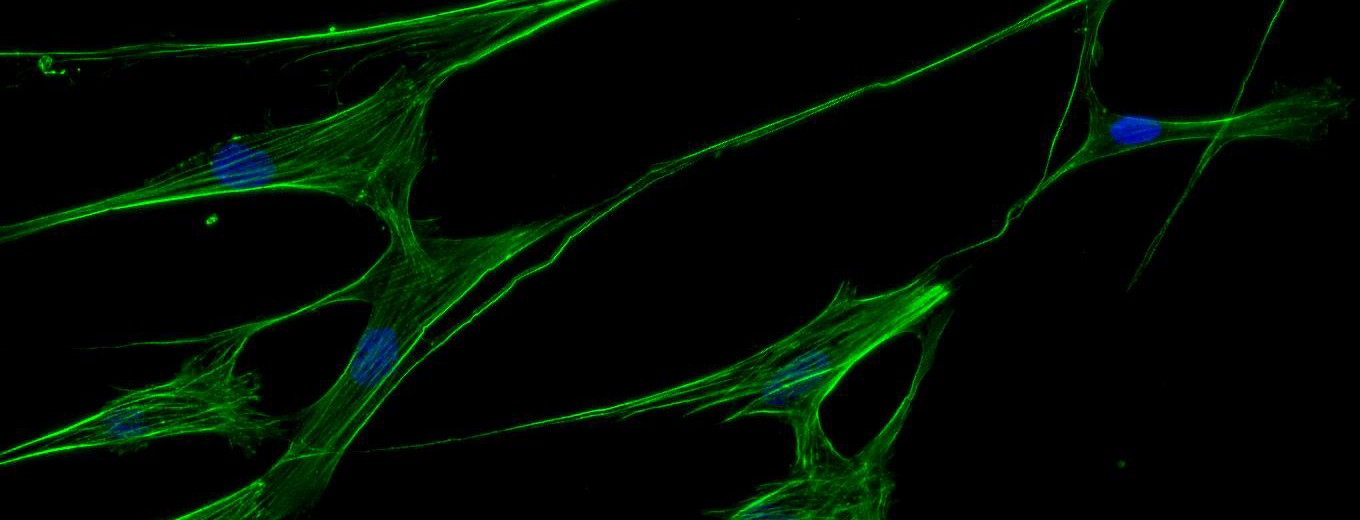
Research Area: Cell-Fluid-Matrix Interactions
Biological tissues and engineered biomaterials consist of cell, porous extracellular matrix, and interstitial fluid filling the pores of the matrix. Complex and highly dynamic interactions among these regulate various physiological and pathological processes in stromal tissues such as wound healing and cancer metastasis. We are both experimentally and theoretically studying these biophysical interactions.
-
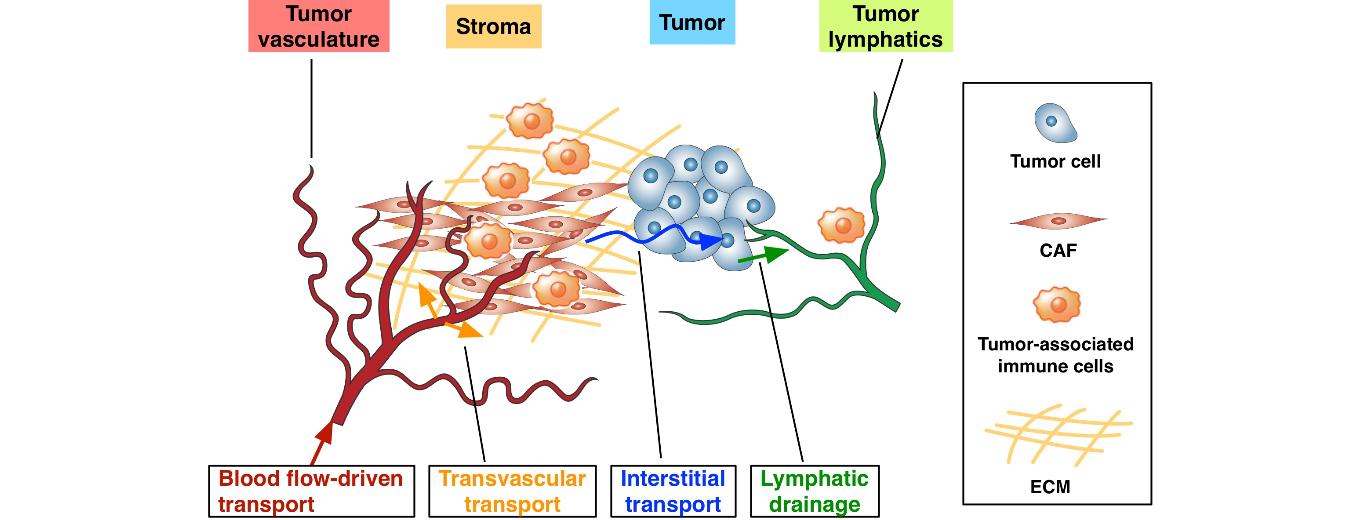
Research Area: Drug Delivery to Tumor
Chemotherapeutic drugs and drug delivery systems have to overcome complex transport barriers to reach targeted cancer cells. These barriers are posed by chaotic and hostile tumor microenvironment. We study the transport physics of small molecule drugs and nanoparticle-based drug delivery systems at tumor microenvironment.
-
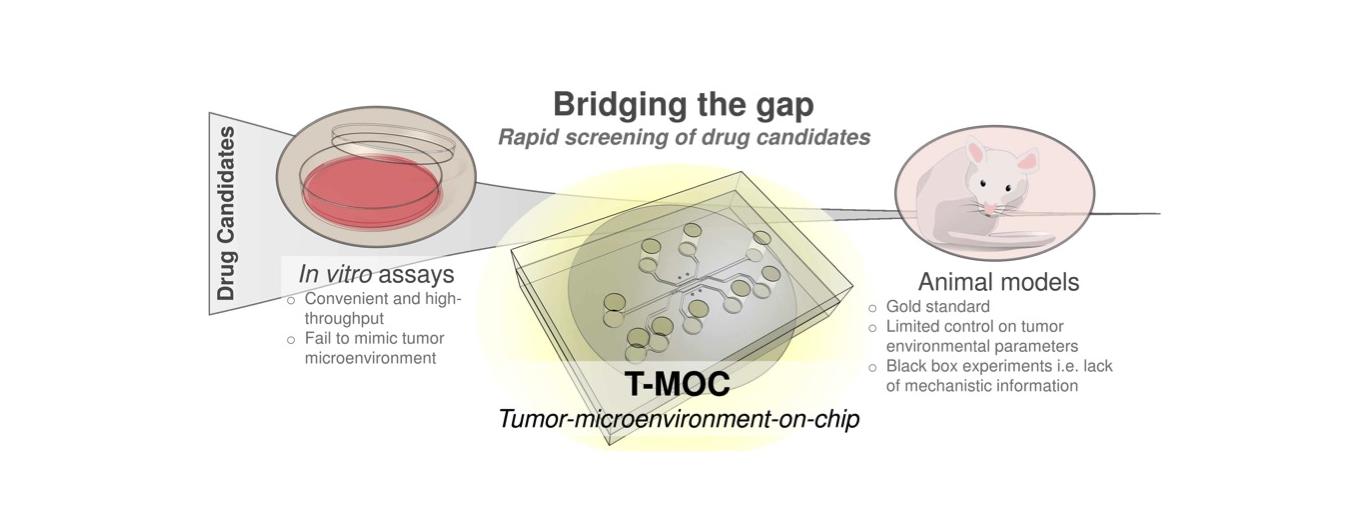
Research Area: Tumor-Microenvironment-On-Chip
Advance of cancer treatment and personalized medicine depends on rapid and effective drug screening. In vitro assays currently used for this purpose can be convenient and high-throughput but the results are often not indicative of in vivo or clinical outcomes due to lack of culture settings specific to tumor microenvironment. Although a small animal model…
-
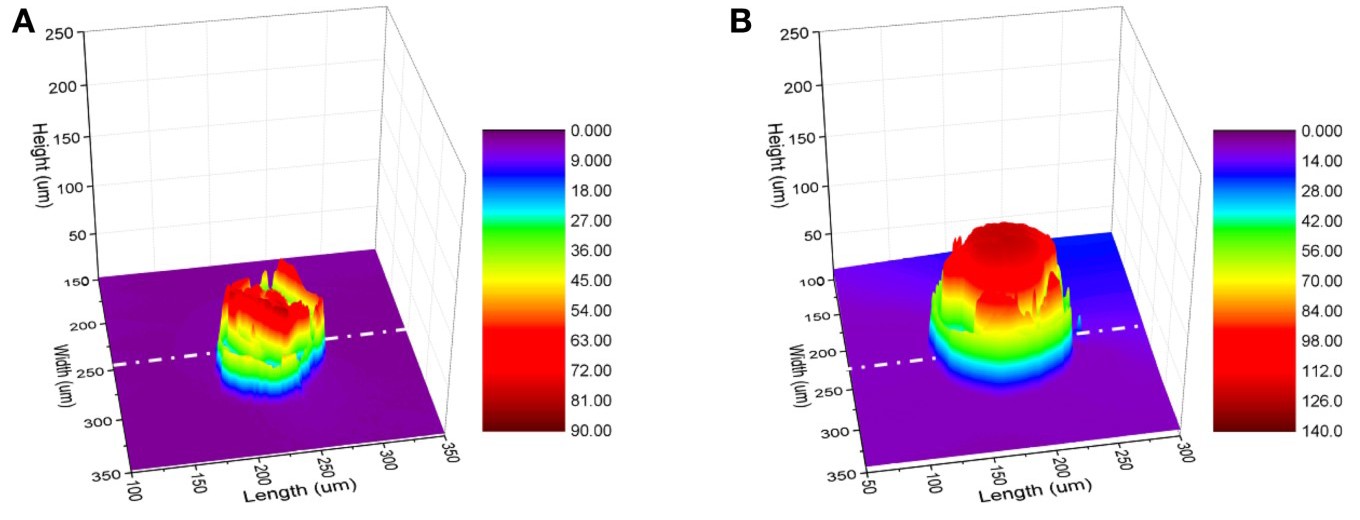
Research Area: 3D Printing of Hydrogel-based Soft Materials
Recent developments of polymer sciences enable numerous novel materials whose properties can be designed and tailored for a wide variety of applications including tissue engineering, drug delivery, and energy storage and conversion. However, integrating these novel materials into 3D configurations with spatially varying functional properties is still extremely challenging. We are currently studying the behavior of…
-
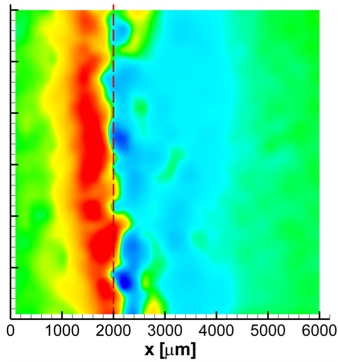
Video Clip: Freezing induced deformation of tissue
This video clip is showing dermal equivalents with quantum dot labeled fibroblasts during freezing. The tissue equivalents are exposed to a temperature gradient (-20 degC on the left and 4 degC on the right). When the clip starts, freezing interface moves from left to right. Due to the volumetric expansion of water during freezing, the…
-
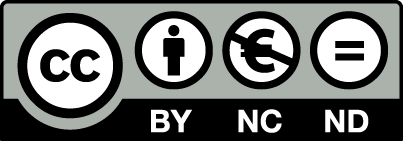
Copyright Statement
All the write-ups, images, artworks and video clips are created by the Han Research Group. The contents can be used for personal and educational purposes. The copyright belongs to the creators of the write-ups, images, artwork and video clips.
